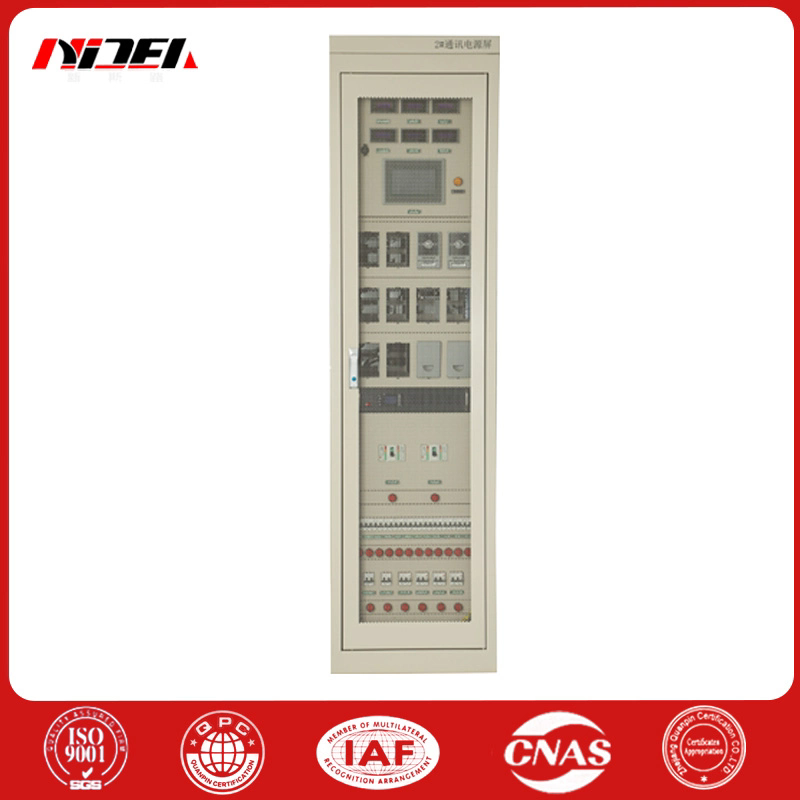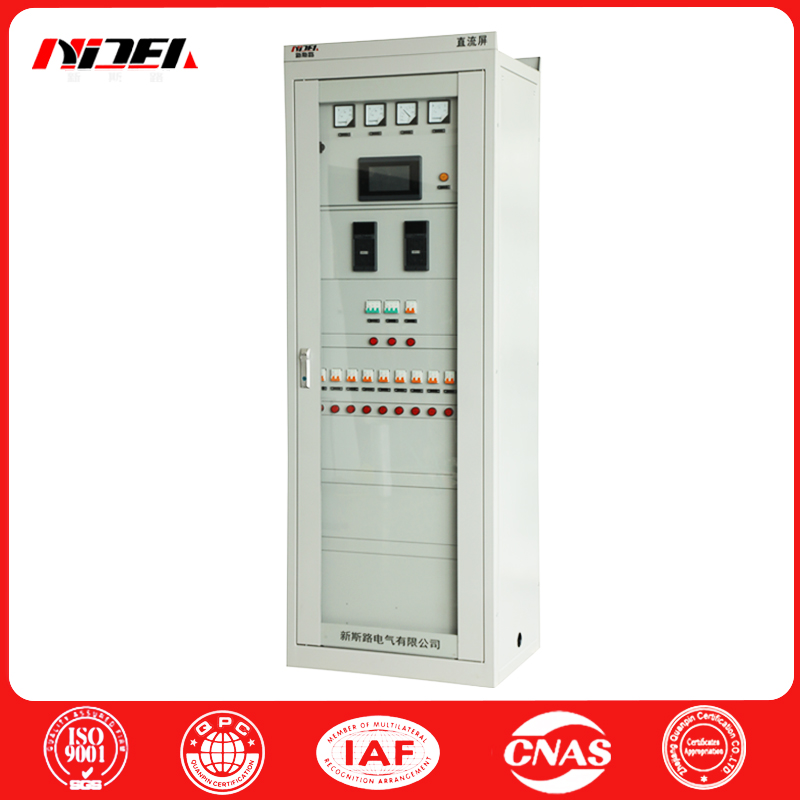How Does a Communication Power Enhance Modern Network Reliability?
In the rapidly evolving digital landscape, communication networks are the backbone of modern infrastructure. A Communication Power is a specialized electrical device designed to provide stable, reliable, and uninterrupted power to telecommunication systems, network equipment, and other communication devices. Unlike conventional power sources, these systems are engineered to meet the high demands of continuous operation, fault tolerance, and voltage stability.
What Are the Key Features and Parameters of a Communication Power Supply?
A Communication Power Supply is distinguished by its ability to deliver constant voltage and current, even in challenging environmental conditions. These devices are widely used in base stations, data centers, industrial communication networks, and emergency communication systems.
Core Parameters and Specifications
| Parameter | Description | Typical Value / Range |
|---|---|---|
| Input Voltage | Voltage required to operate the unit | AC 110V–240V / DC 48V |
| Output Voltage | Stable voltage delivered to devices | DC 48V, ±1% |
| Output Current | Maximum current supplied | 10A–200A depending on model |
| Efficiency | Energy conversion efficiency | ≥95% |
| Operating Temperature | Range of ambient conditions | -20°C to 60°C |
| Protection Features | Safety mechanisms | Overvoltage, Overcurrent, Short Circuit, Overtemperature |
| Dimensions | Physical size of the unit | Varies per model; typically 19-inch rack mount compatible |
| Cooling Method | Heat dissipation system | Forced air or natural convection |
| MTBF (Mean Time Between Failures) | Reliability indicator | ≥100,000 hours |
The table above illustrates the professional-grade parameters that make Communication Power Supplies reliable for long-term use in critical communication systems. These systems are carefully engineered to reduce downtime, prevent damage from power fluctuations, and ensure consistent performance under diverse operational conditions.
Why Are Communication Power Supplies Essential for Network Stability?
Communication systems demand consistent power quality to maintain high-speed data transmission and avoid system interruptions. Traditional power sources often fail to meet these stringent requirements, which can result in network downtime, data loss, or hardware damage.
Why Communication Power Supplies Are Necessary:
-
Voltage Stability: They maintain precise voltage levels, preventing equipment damage caused by voltage spikes or drops.
-
Uninterrupted Power: Equipped with backup capabilities and seamless switchover, these devices ensure communication continuity during outages.
-
Protection Against Environmental Hazards: Advanced protection mechanisms guard against overcurrent, overheating, and short circuits.
-
Scalability: Modern power supplies support modular designs, enabling network expansion without system-wide downtime.
-
Energy Efficiency: High conversion efficiency reduces power consumption and operational costs, contributing to sustainable network operations.
How They Improve Communication Reliability:
A communication network’s performance depends not only on hardware and software but also on the underlying power system. By ensuring stable energy delivery, a communication power supply reduces the risk of network failure and supports mission-critical applications such as 5G infrastructure, cloud data centers, and emergency services.
How Do Communication Power Supplies Operate and What Are Their Future Trends?
Communication power supplies function by converting alternating current (AC) from the main electrical grid into direct current (DC) suitable for communication devices. They employ sophisticated circuitry to filter noise, regulate voltage, and provide backup power when necessary.
Operational Mechanism:
-
AC to DC Conversion: Converts main grid AC power to a stable DC output required by telecommunication devices.
-
Voltage Regulation: Maintains consistent output voltage within tight tolerances, ensuring device protection.
-
Load Sharing and Redundancy: Supports multiple units working in parallel to prevent single points of failure.
-
Monitoring and Control: Equipped with remote monitoring interfaces to track voltage, current, and temperature, allowing proactive maintenance.
Emerging Trends in Communication Power Supply Technology:
-
Smart Power Management: Integration with IoT-enabled monitoring platforms to optimize energy consumption and predictive maintenance.
-
High-Efficiency Conversion: Use of advanced semiconductor materials and designs to increase energy efficiency beyond 98%.
-
Modular and Scalable Designs: Supporting easy upgrades for growing networks, particularly in 5G and edge computing environments.
-
Environmental Adaptability: Devices engineered to operate in extreme temperatures, humidity, and dusty conditions to expand deployment possibilities.
-
Integration with Renewable Energy: Compatibility with solar and wind energy sources to support sustainable and off-grid communication infrastructure.
The future of communication power supplies is leaning toward intelligent, highly efficient, and environmentally friendly systems that not only power networks but also reduce operational costs and enhance overall system reliability.
Frequently Asked Questions
Q1: What is the lifespan of a communication power supply?
A1: A high-quality communication power supply is designed with robust components and protection circuits, typically achieving a mean time between failures (MTBF) of over 100,000 hours. With proper maintenance, these systems can last over 10 years, even under continuous operation.
Q2: How does a communication power supply handle sudden power interruptions?
A2: Most communication power supplies feature built-in redundancy and battery backup systems. During a power outage, the system seamlessly switches to backup power, ensuring uninterrupted operation of critical network equipment. Advanced units also include intelligent monitoring that predicts potential failures and switches loads proactively to maintain network stability.
Choosing a Reliable Communication Power Supply
Selecting a reliable Communication Power Supply is a strategic decision for businesses and service providers aiming to maintain network efficiency, safety, and long-term reliability. By considering parameters such as voltage stability, output capacity, efficiency, and protection features, decision-makers can ensure uninterrupted operation of their communication systems.
The adoption of modular, scalable, and smart power supplies is set to become a standard in the next generation of telecommunication infrastructure. Brands like New Idea offer advanced solutions designed for stability, efficiency, and future network expansion. For more detailed specifications or customized solutions, Contact Us to consult with experts and secure a communication power supply that fits your operational needs.
- Why Choose High Frequency Series UPS for Next-Level Power Protection?
- What Are Circuit Breakers?
- How do Distributed Operating Power Supplies Address Power Supply Pain Points of Decentralized Equipment Across Key Fields?
- Can DC Operating Power Systems Reduce Your Operational Costs
- How do DC Operating Power Supply Systems Support Stable Equipment Operation in Power, Industrial, Data Center and Rail Transit Sectors?
- Why Should Businesses Choose Modular UPS for Reliable Power Protection?














